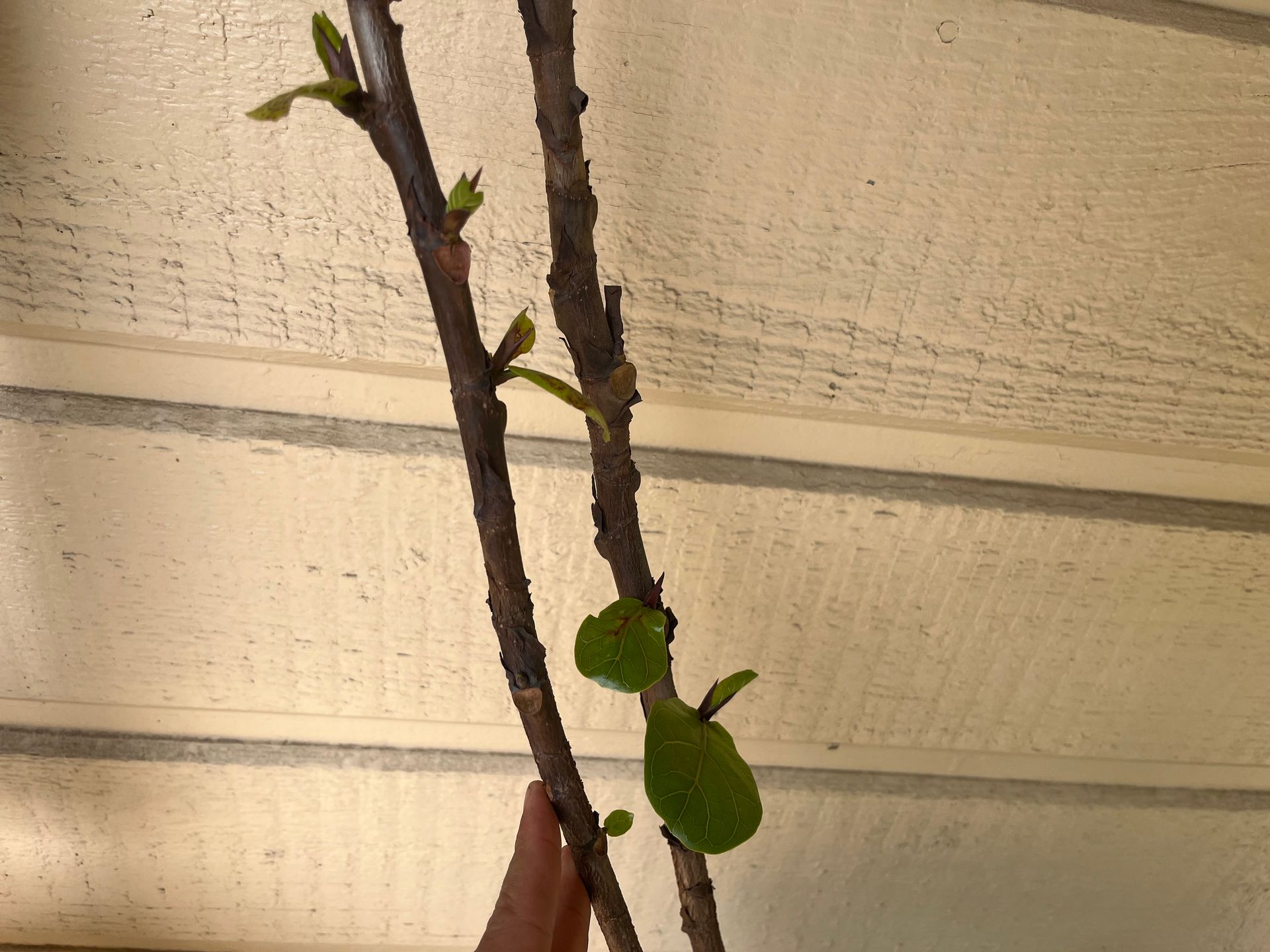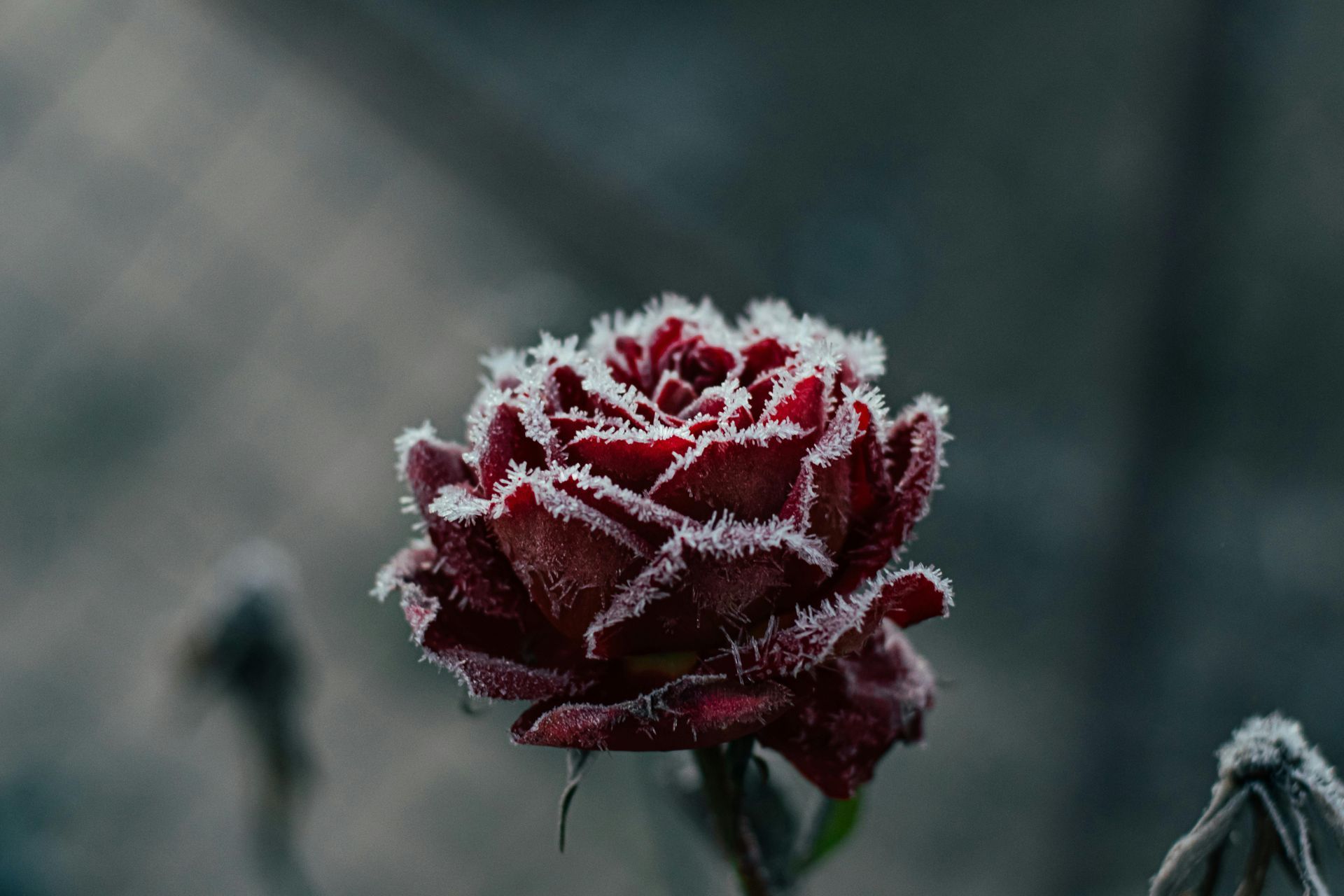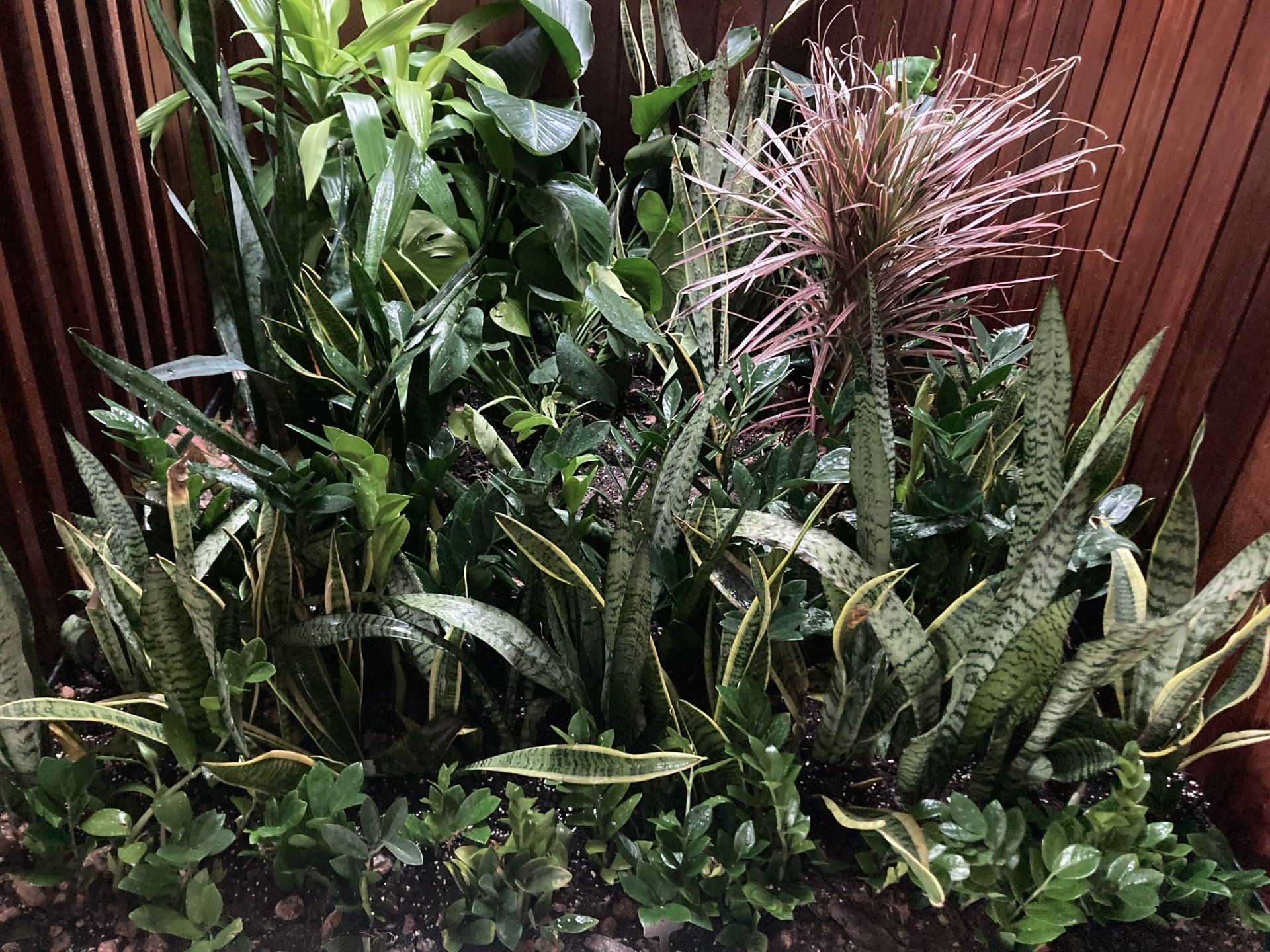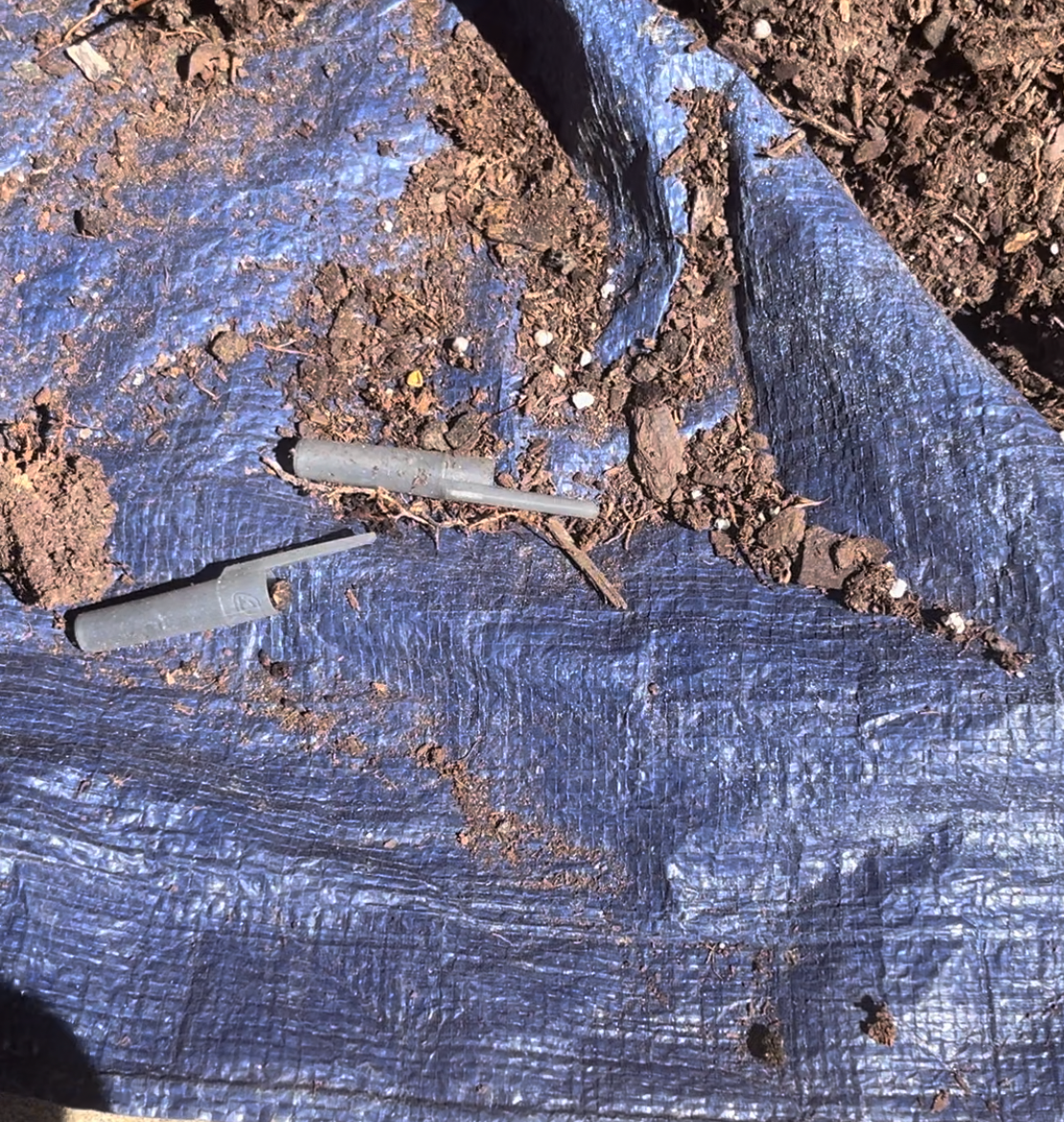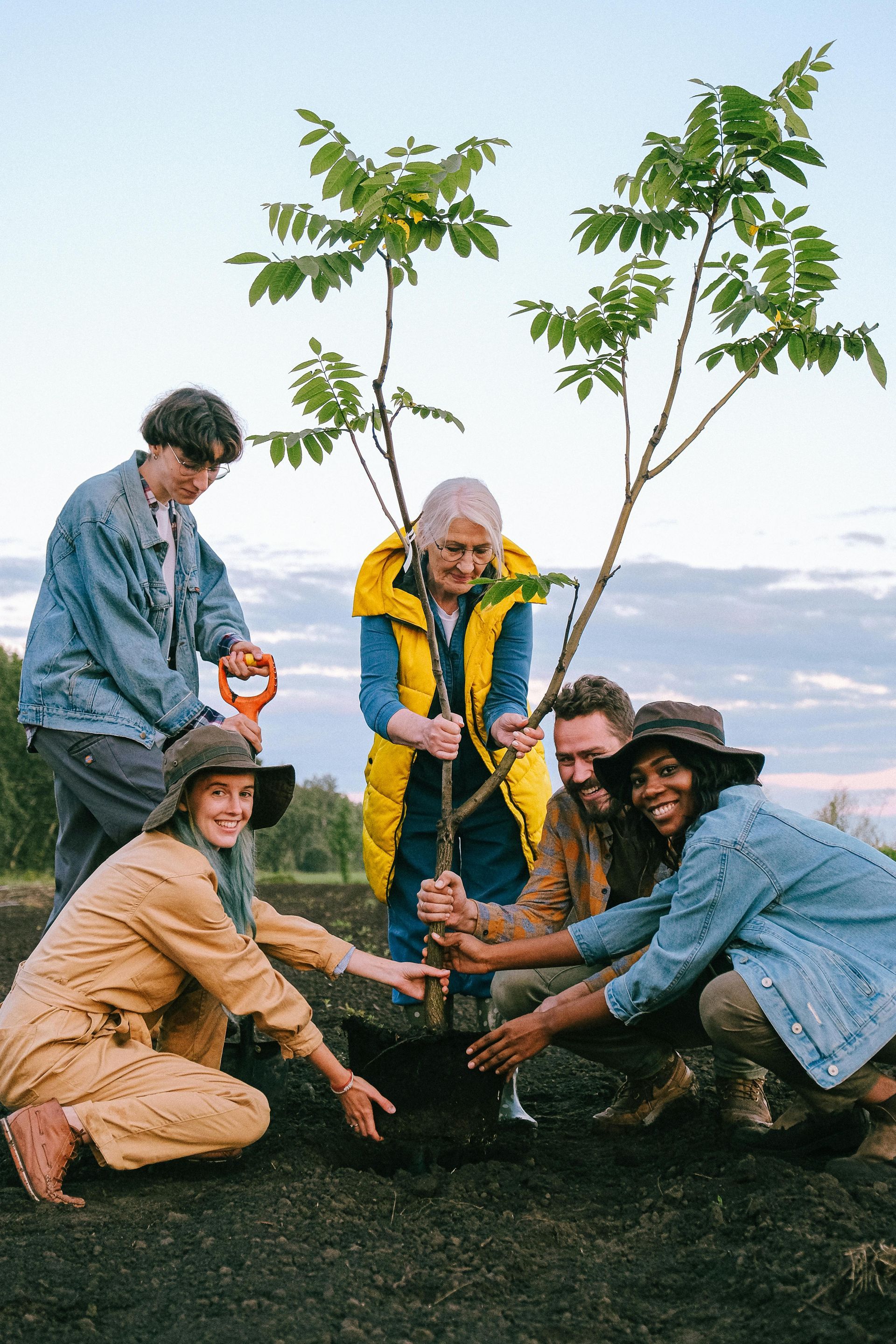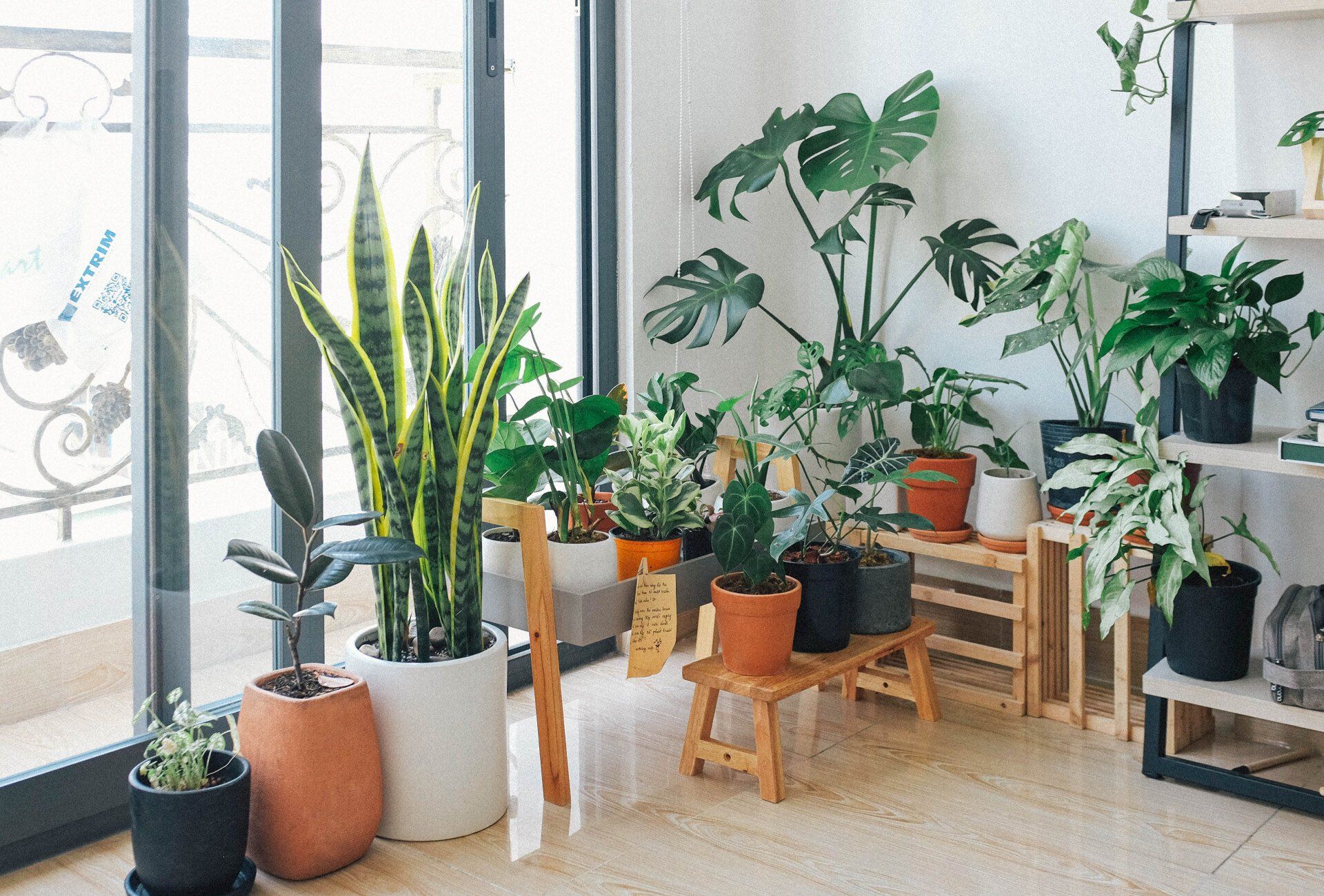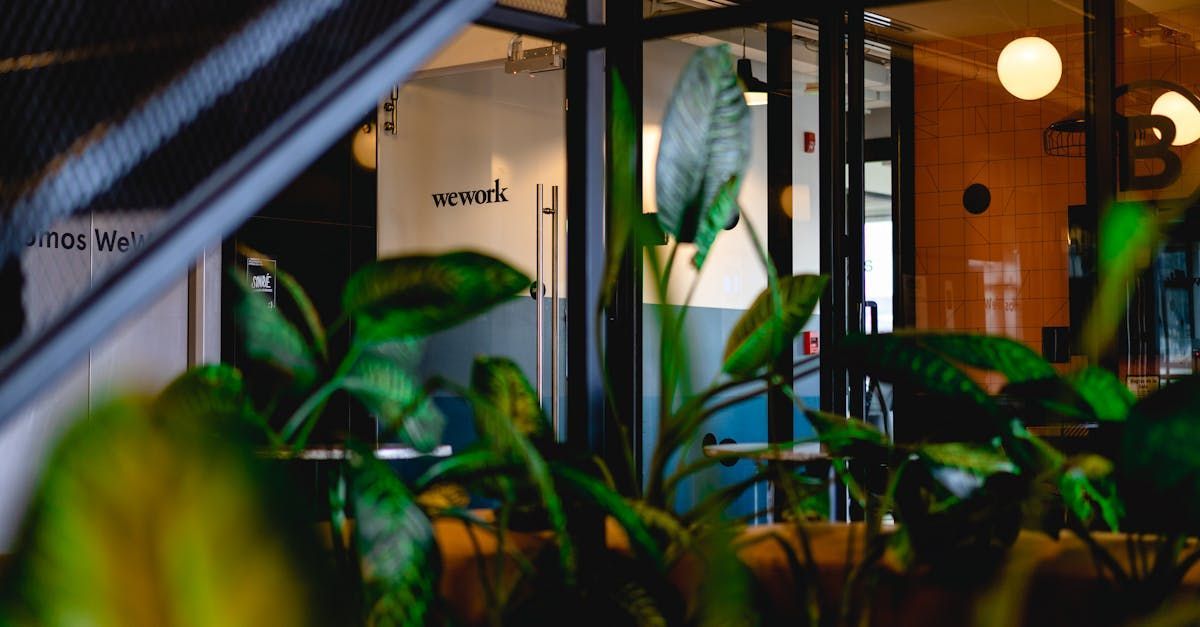Two Year Update: Repotting a massive Fiddle Leaf Fig
Yellow Leaves on Fiddle Leaf Fig Trees
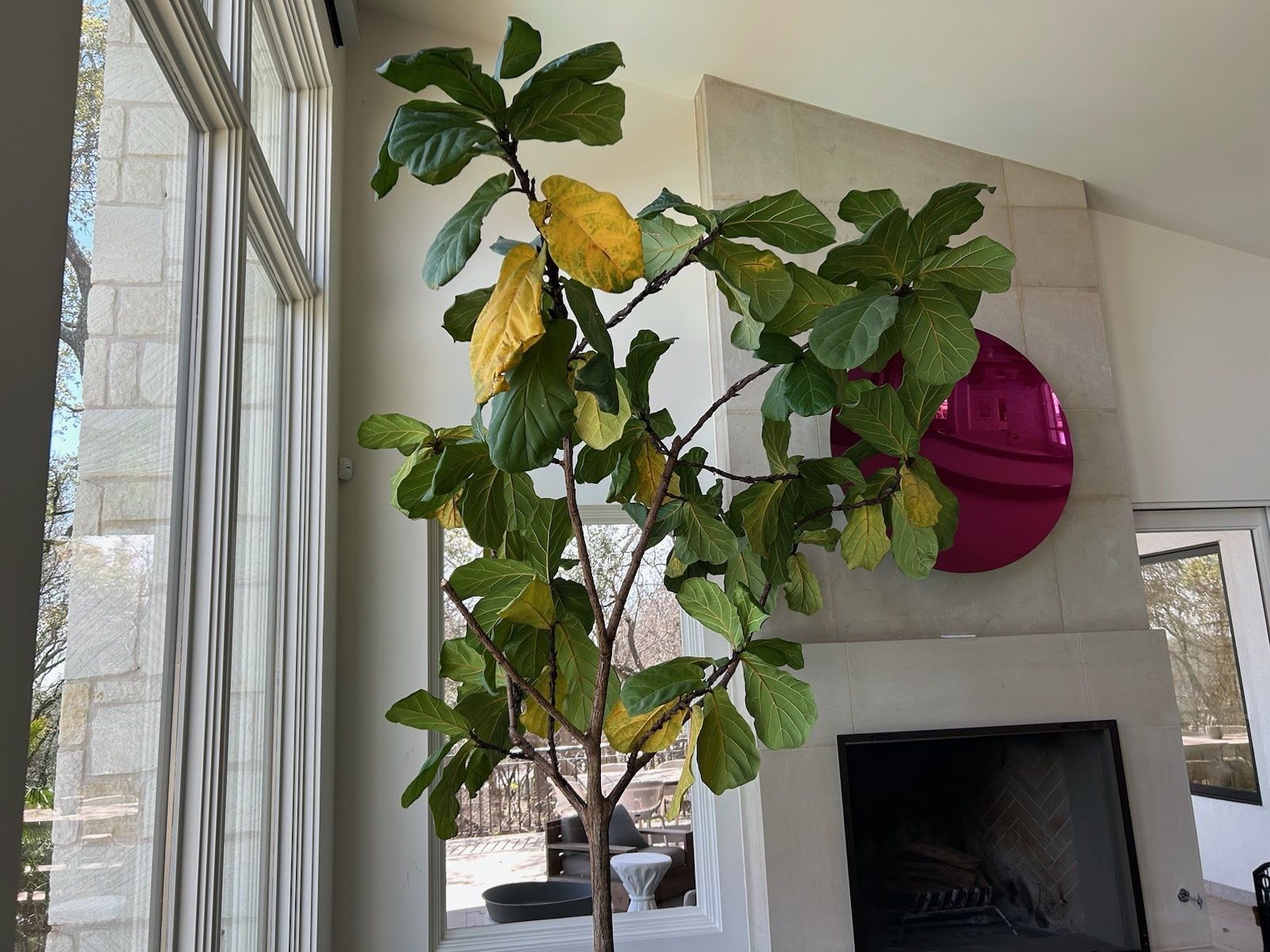
This fiddle leaf fig tree came to us in bad shape. It had never really thrived since moving into its home in a living room with floor to ceiling windows. It was getting lots of withering, yellowing leaves that caused it to drop to the floor. Not a good look for such a beautiful tree.
The homeowner was worried about their fig tree, so they contacted us. That's when the Plant Doctor leaped into action. We conducted an onsite assessment. Here's what we found:
What causes yellowing leaves?

A lot of things can cause yellowing leaves on a ficus tree. Not enough water, too much water, too much salt in the soil, not enough fertilizer, and more. At Austin Plant Doctor, we diagnose before we prescribe. So, we took a closer look at the leaves. In this case, the yellowing leaves and crispiness of them along with spots of brown pointed to a common culprit for fig trees in high end homes: poor drainage and a pot bound rootball.
The culprit: No drainage in the pot
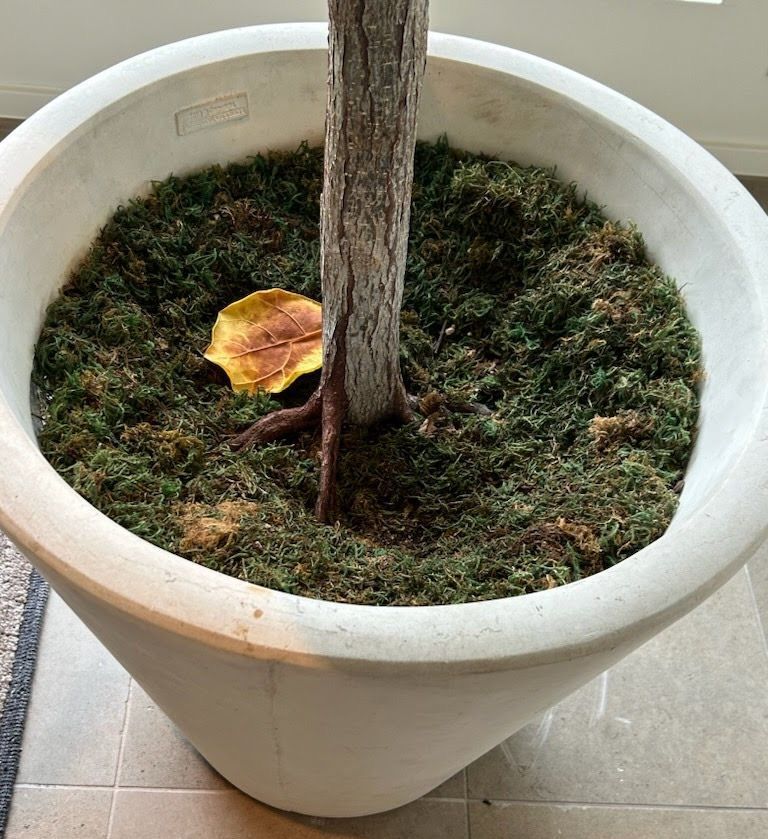
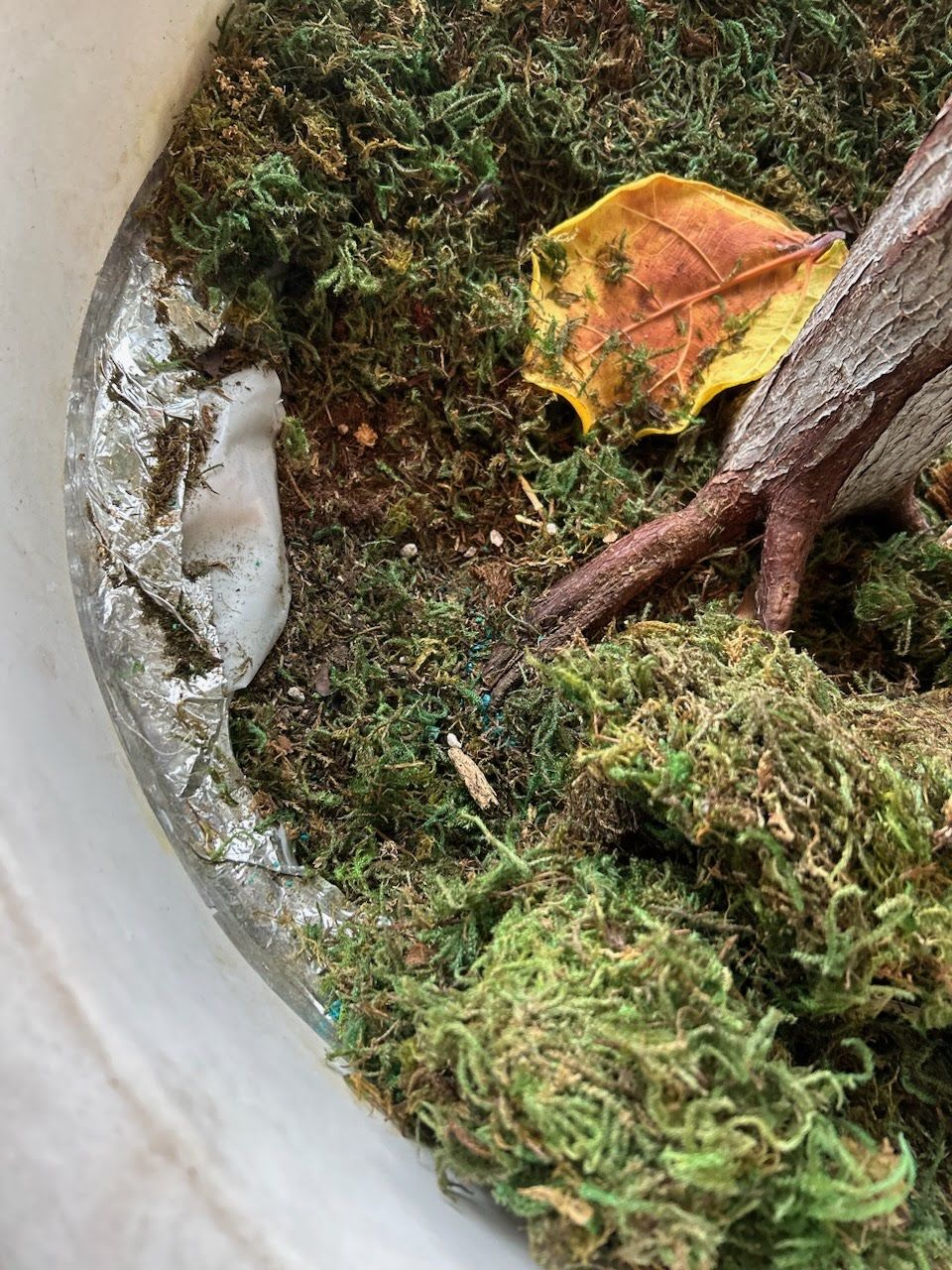
After some more investigating during the onsite assessment, we found that the fiddle leaf fig tree was confined in a decorative marble pot, then top dressed with moss. We found this strange silvery liner inside of the pot, and knew that something was up.
In our experience working in high end homes, lots of well meaning interior designers trap live plants in decorative containers that don't have drainage. While this looks better, it's tough on the plants. Good drainage prevents overwatering and when a plant drains, we can see that the root ball is fully saturated - otherwise the plant doesn't get enough to drink.
We've seen too many drowned, thirsty trees trapped in non draining pots - so if this article saves one tree then it's worth the effort to write.
The importance of drainage for trees
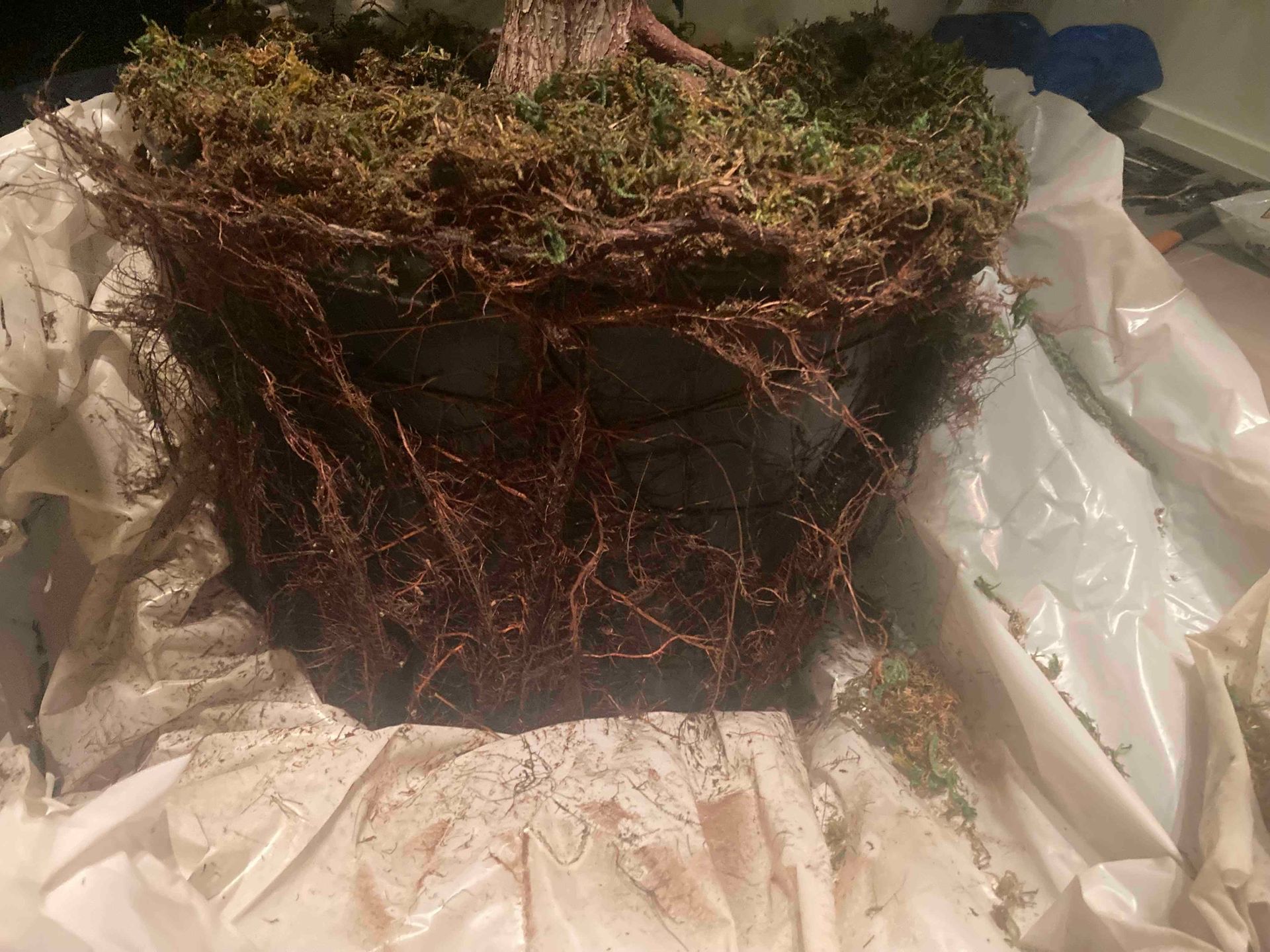
This is what happens when a tree is confined to a decorative container with poor drainage for too long. THe black mass in the center isn't roots it's the original nursery pot that the Fig Tree grew in. This 17 inch pot was clearly too small for a tree of this size, so the fig tree sent out spiderwebbing roots to look for other resources. Of course, the silvery liner from earlier was actually a thick white plastic tarp which smothered the roots and prevented drainage from running off.
It was quite a lot of effort to get the fig tree out. It took a team of people and a furniture dolly to move and angle the inches thick marble container. Then we laid out large painter's drop cloths and slowly removed the fig tree from its existing pot.
The poor fig tree had been confined in the pot for so long that its root ball was tightly compacted. We had to cut the plastic nursery pot with garden loppers, and spent hours breaking up the roots. Then, we put the broken up root ball and a bunch of fresh soil into an even larger and heavier marble pot that had been outside. No such thing as coincidences.
Best Supplies for Repotting Fig Trees
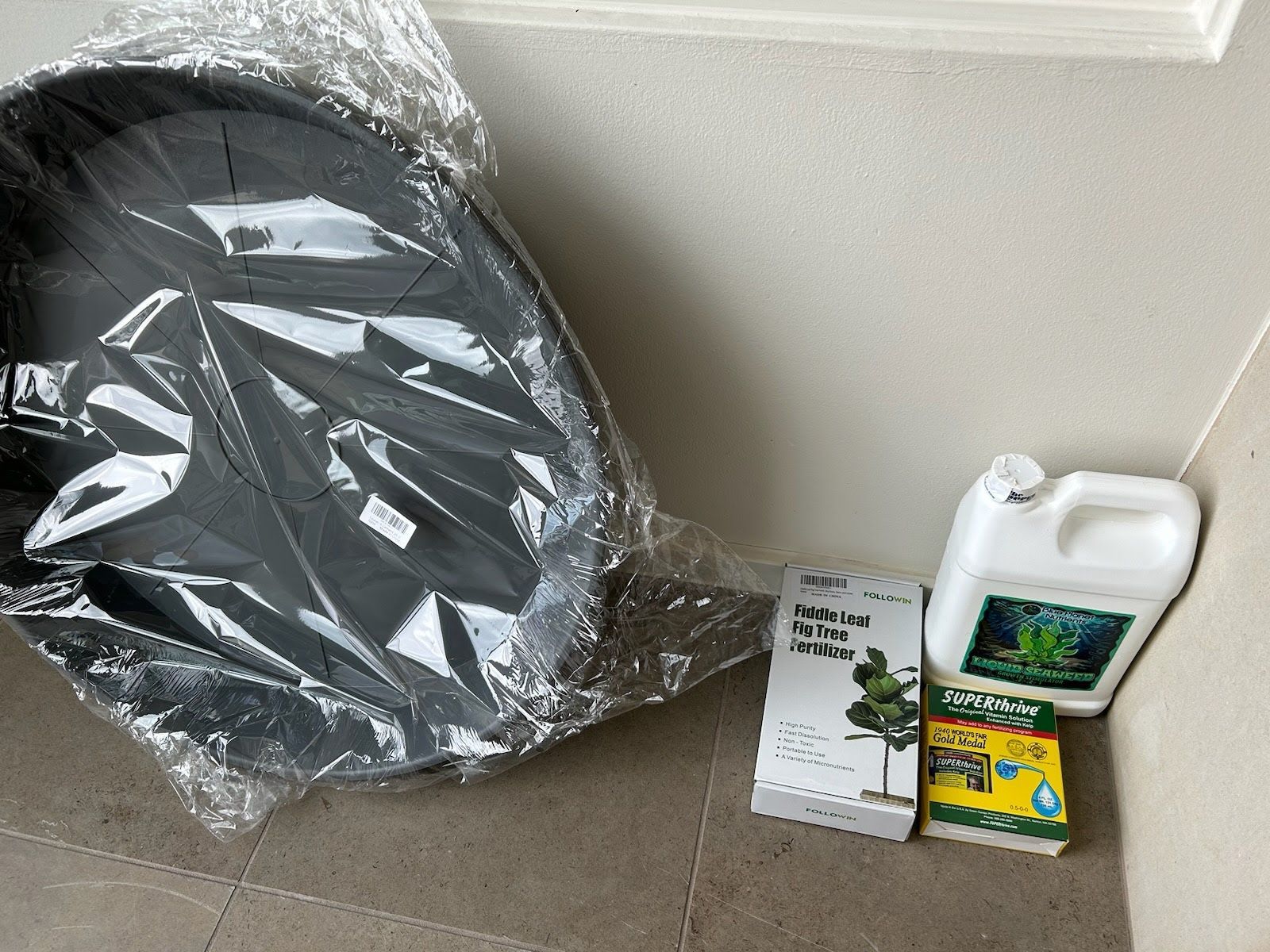
We were very fortunate to have a larger, matching white marble planter available for the fig tree. Choosing the right part that fits our customers' tastes, space, and budget is usually the most challenging part. We also insstructed the customer the right supplies to get: a large durable saucer to catch excess water from the newly draining plot and our signature "super juice" to reduce transplant shock: SuperThrive, Liquid Seaweed, and Fertilizer.
Signs of Transplant Shock in Plants
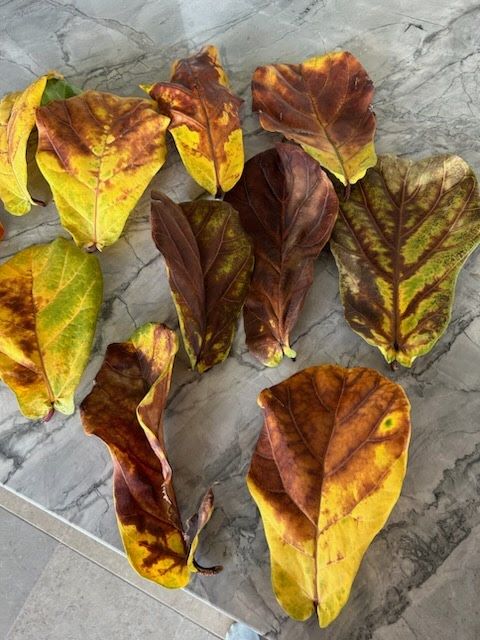
We were clear with the client before repotting: expect some transplant shock. For Fig Trees, transplant shock takes the form of dropping leaves with a withered dried out leaves.
Repotting is a stressful process for a plant, which is often already in the stressful situation of being rootbound with several girdling roots chocking themselves out in a compacted mess. When the roots get damaged, the tree has less ability to uptake water and nutrients, so it takes them out of the leaves. This reduces the nutrient drain on the roots from the mass above the soil, and also returns nutrients to the rest of the plant.
In this particular case: the fig tree was in such a great environment (tons of light), got just the right repotting treatment, and had such a substantial root system that it adjusted to its new home quite well. While a few leaves fell off, they were already yellowing when we repotted it and thus on their way out already. After a couple of weeks, the tree looked like the below photo. While it wasn't as dense, it looked a lot better without any struggling yellow leaves on it.
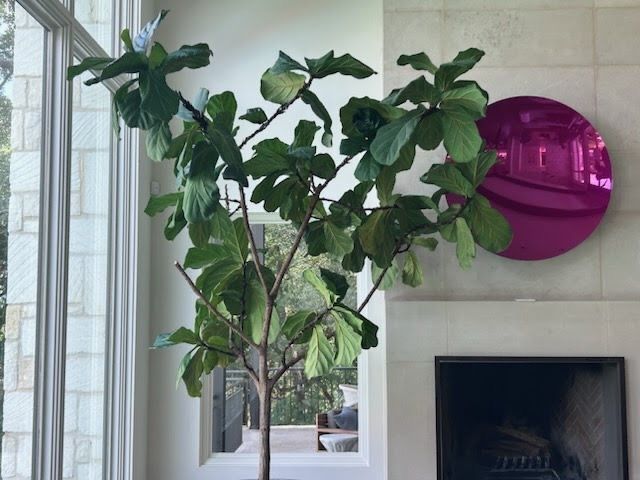
How to care for a repotted plant
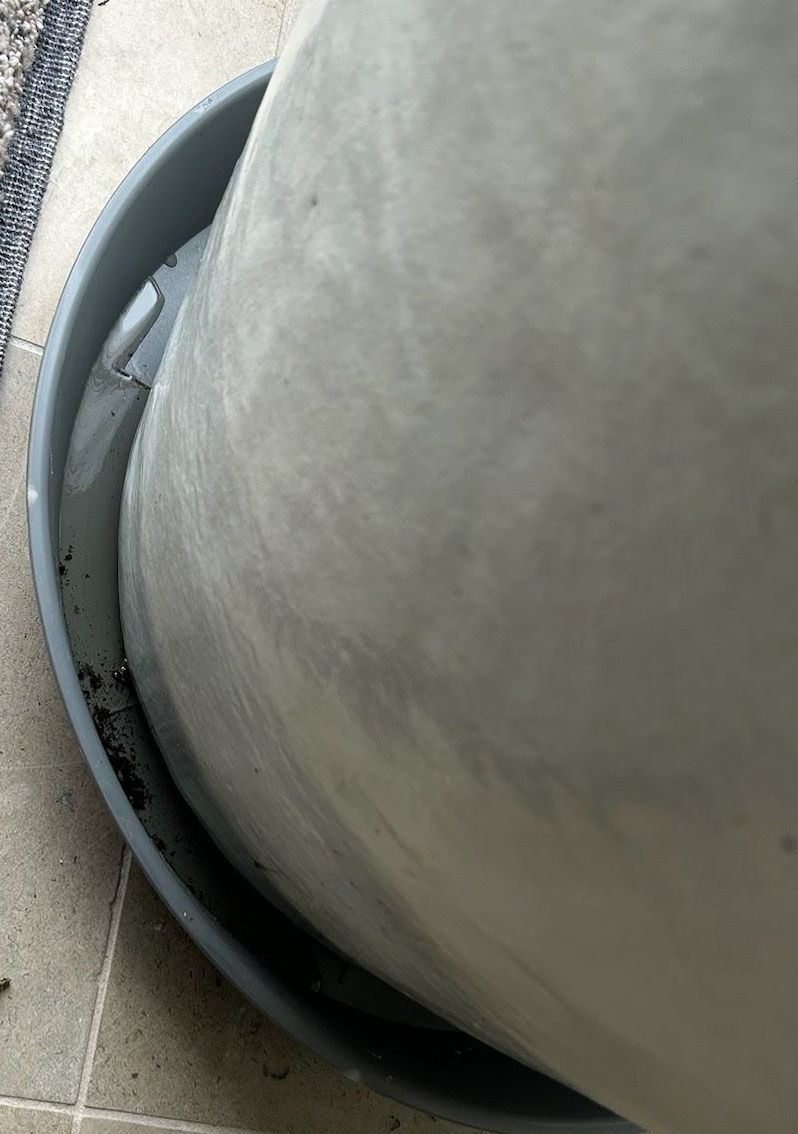
When a plant goes into a new pot, it's sensetive and focuses on growing root structures before foliage. Many people mistake this for a plant needing water, and give it too much. Wait. Patience is key. Check the soil with your finger, it's the best method. If it feels dry then consider giving it a drink. If the soil is moist, or worse damp, or even worse soggy, then don't water it. Let the plant focus on growing roots and establishing itself in its new home. Watering with our "signature" super juice gives a gentle feeding to stimulate root growth as well. We recommend mixing it in with dilute quantities after every watering for the first few months after a repot.
Another common question we get is: how much water? Make sure that the plant is actually thirsty by checking the soil. That's crucial. When it's getting thirsty with dried out soil, then water it until water drains out the bottom. This is another reason drainage dishes are so crucial - they let us know when the root ball is saturated and draining out. The total cost for the fig tree and planters was certainly thousands of dollars, and the owner protected that investment with a 25 dollar saucer.
Signs of New Growth on a Fig Tree
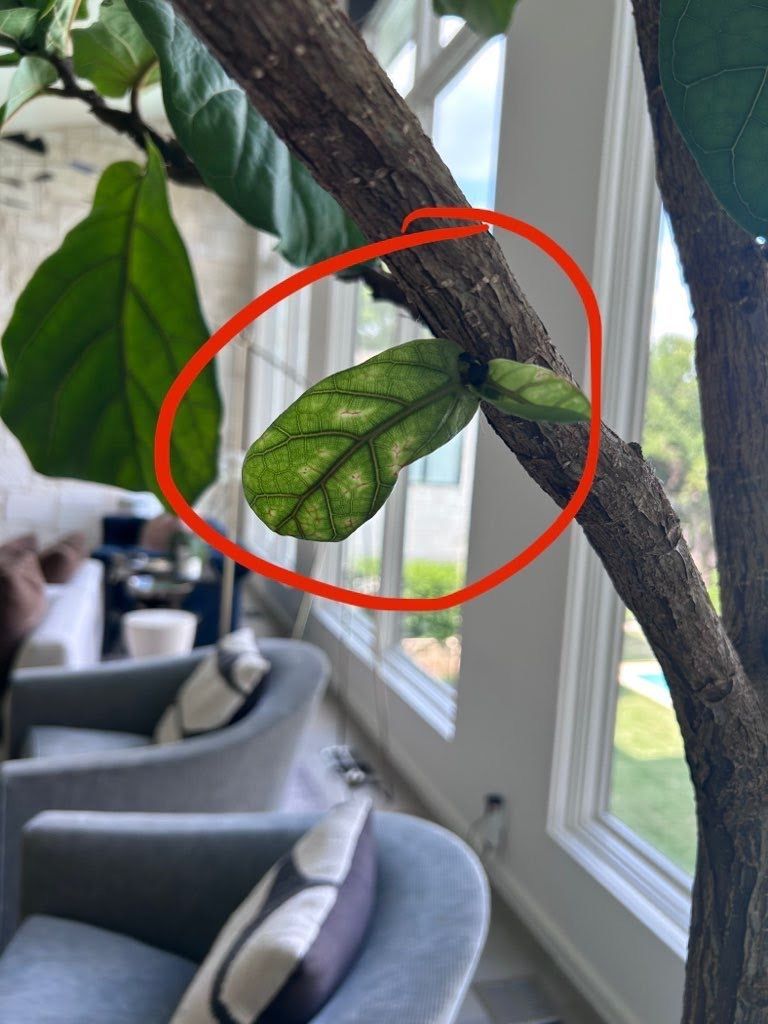
After about two months of stability and occasional deep waterings, the fig tree found a way to show its appreciation: new growth! Fiddle leaf figs have a very showy way of growing: tiny little nubbins at the end of stems, and sometimes directly from a trunk, begin to unfurl into neon green flexible leaves that grow rapidly. If you view these new leaves under a stop motion camera for a few days, you'll see them moving around with surprising speed (for a plant anyway) as they search for light and then home in on it.
Once new growth starts happening for a fig tree, the hard work is done - and the plant can handle the rest on its own - just keep watering and feeding it correctly!
How Big can a Fiddle Leaf Fig Get?
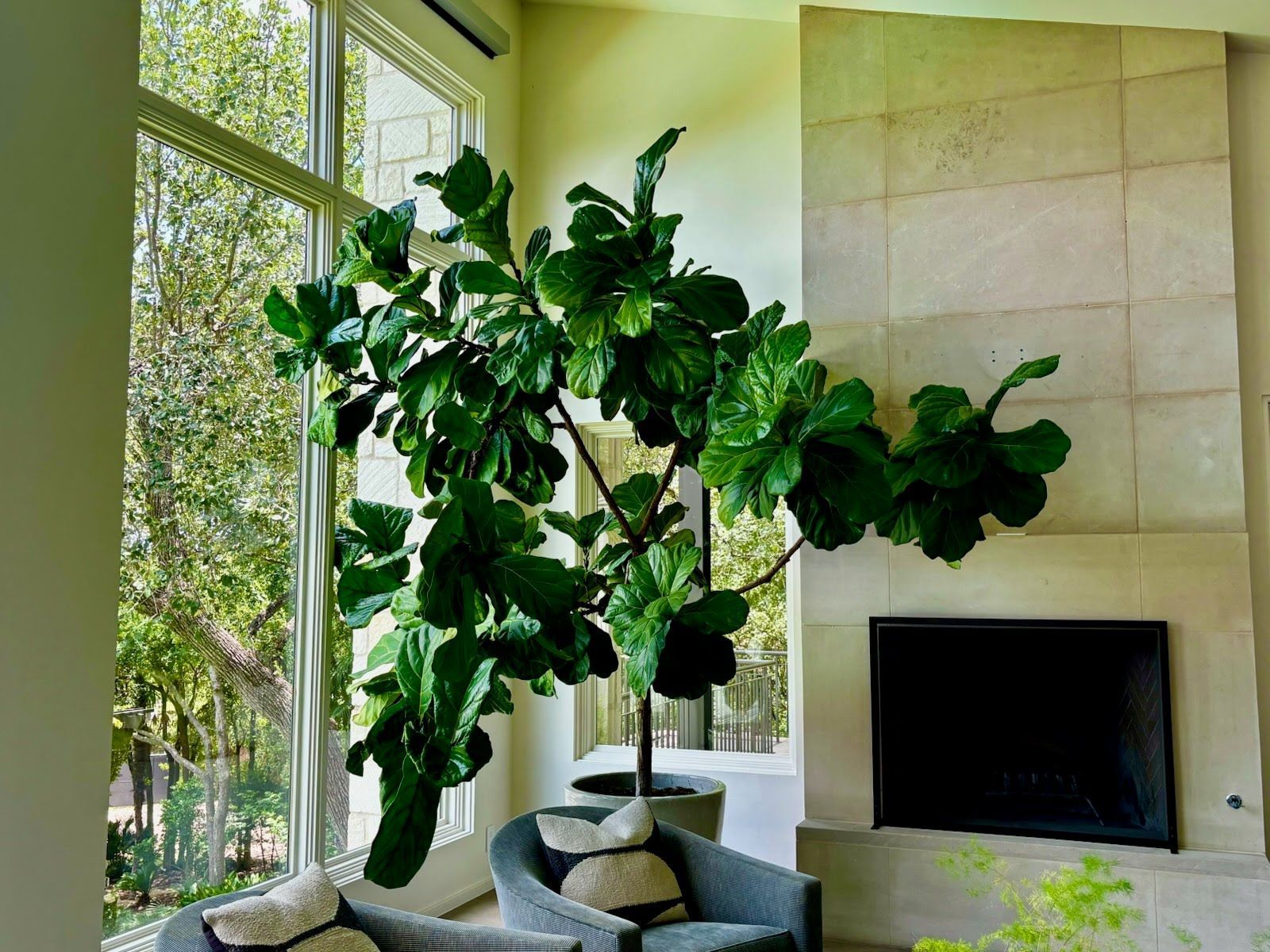
In the wild, Fiddle Leaf Figs can top 50 feet tall. We've seen indoor fig trees well over 15 feet tall. For reference, look how massive this fig tree grew in just two years after a proper repotting and feeding. Before you get one of these leafy green friends, think carefully. Do you have as much light as the one in this photo? Are your ceilings tall enough to hold it?
Thanks for reading this far. We hope you found it useful. If you have a bright, large space and want to have one of these gorgeous statement plants, or you've got one that's struggling and not sure how to help it. Don't hesitate to contact us for a free quote.


